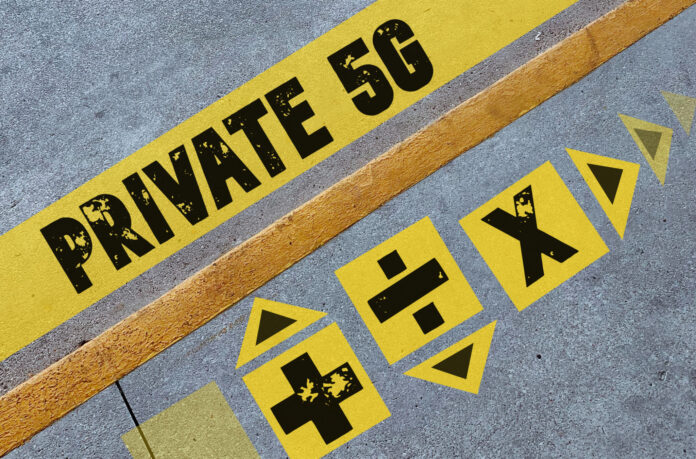Wi-Fi has a critical role to maximise the potential of private 5G in the enterprise space, says a new report by the Wireless Broadband Alliance (WBA). The vision, for the likes of Cisco and HPE, major Wi-Fi players with 5G interests and a hand in the new WBA report, is for enterprises to take charge of hybrid enterprises connectivity platforms that afford frictionless coverage and onboarding.
The new paper, on private 5G and Wi-Fi convergence, puts focus on use cases for combining novel private 5G technologies with the latest Wi-Fi standards. It notes that Wi-Fi is the incumbent networking tech in most enterprises, and suggests the success of private 5G depends largely on an organization’s ability to integrate it with Wi-Fi capabilities, which are developing in tandem with the latest Wi-Fi 6, 6E, and 7 standards.
Its findings chime with a recent panel address by Volkswagen at Hannover Messe, which called for closer 5G alignment with Wi-Fi mechanics around identity management, authentication, and policy management. WBA noted: “Insertion of private 5G into this environment requires reusing this information, rather than using a parallel infrastructure.” The paper also notes that the two technologies are growing alike in terms of their capabilities, too.
It said: “The evolution of Wi-Fi to Wi-Fi 6E is set to be a milestone moment for the industry. It will offer deterministic capabilities, increased capacity – both from the number of users able to connect, as well as performance – and also offer faster speeds and decreased latency, making it a critical component of the expanding IoT landscape.” Wi-Fi will account for 50 percent of business internet traffic in 2023, up from 26 percent in 2017, it quoted.
Wi-Fi will stand up many of the enterprise applications being earmarked by the telecoms industry for private 5G networks, including “augmented reality (AR) in education, to new mission-critical applications such as chemical leak detection or water level and flood management”. The report also highlights the value of developing Wi-Fi systems for “mobility, reliability, determinism, ultra-low-latency, and security”; again, each capability is trumpeted by the 5G side.
It also lists advanced, enterprise-grade capabilities on the 6GHz spectrum, such as deterministic quality of service (QoS) and multi-gigabit throughput – which compete, but also “perfectly align”, with several 5G service profiles designed specifically for enterprise applications, including factory automation, smart metering, mining, venue hosting, fault management, and surveillance.
WBA also acknowledges the value of private 5G, boosted immeasurably by spectrum liberalisation in various markets – led by the CBRS provision at 3.55-3.7 GHz in the US, the seminal 3.7-3.8 ‘vertical’ band in Germany, plus activity in markets like the UK at 3.8-4.2 GHz. But it warns: “For 5G adoption to be successful… an access-agnostic service layer with improved user experience will be something enterprises cannot afford to overlook.”
Tiago Rodrigues, chief executive at the Wireless Broadband Alliance, said: “Enterprise network architectures are highly complex and have been evolved and refined over a long period of time to support a variety of access technologies, including Wi-Fi and Ethernet. Private 5G can quickly and cost-effectively leverage this foundation as one of a suite of access technologies that enterprises can use to address their requirements.”
Stuart Strickland, wireless chief technology officer at HPE Aruba Networking, said: “We are delighted to see an industry consensus emerge around the convergence and integration of enterprise Wi-Fi and private 5G. By focusing specifically on enterprise network requirements, this report looks beyond both the hype and sectarian squabbles of rival technologies to identify practical solutions to critical business problems.”
The WBA is engaged with its members to provide enterprises with a workable blueprint for Wi-Fi and private 5G adoption and convergence, it said. The new paper represents ‘phase one’; ‘phase two’ at the end of the year will consider deployment guidelines and trial cases.

